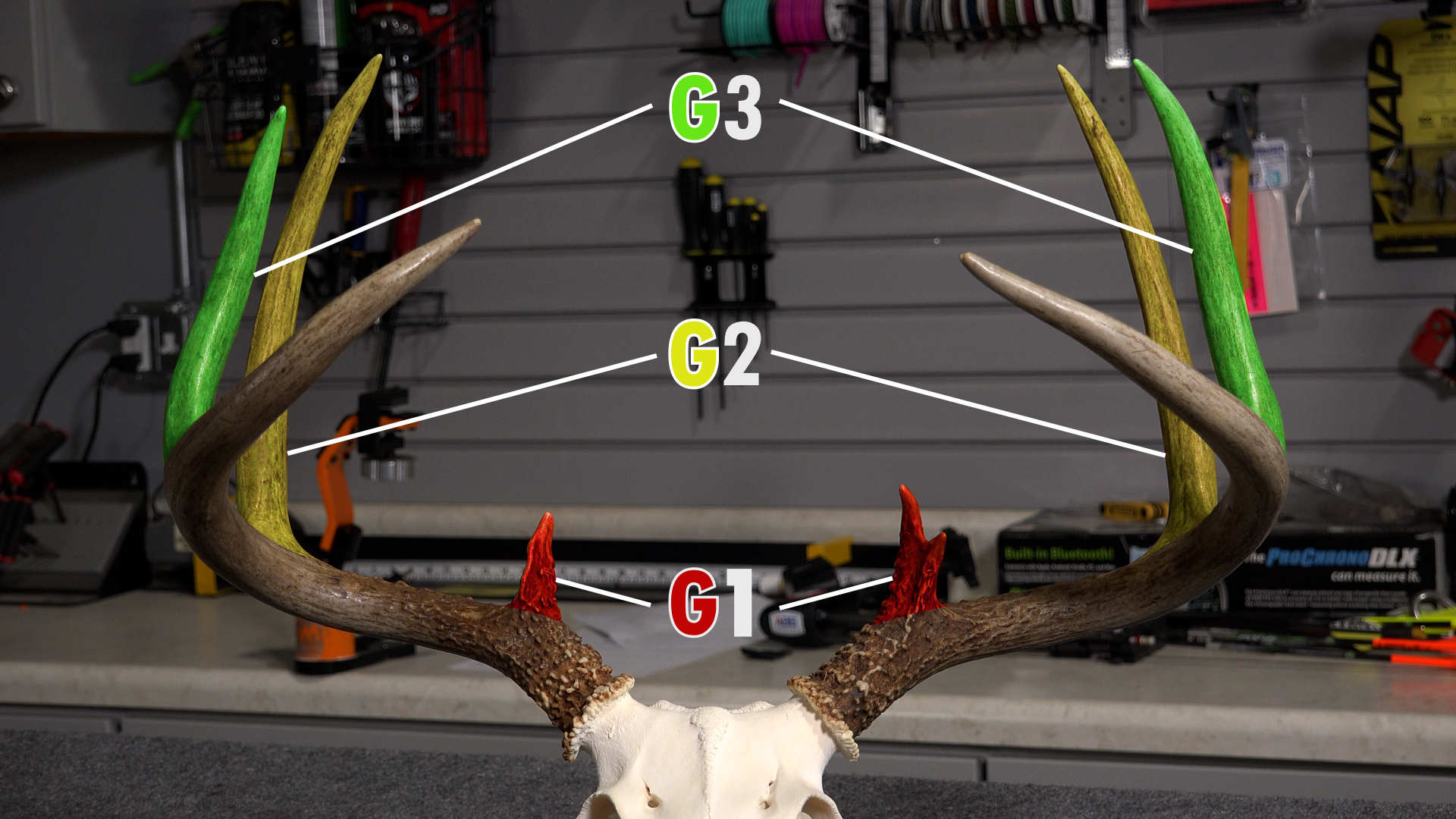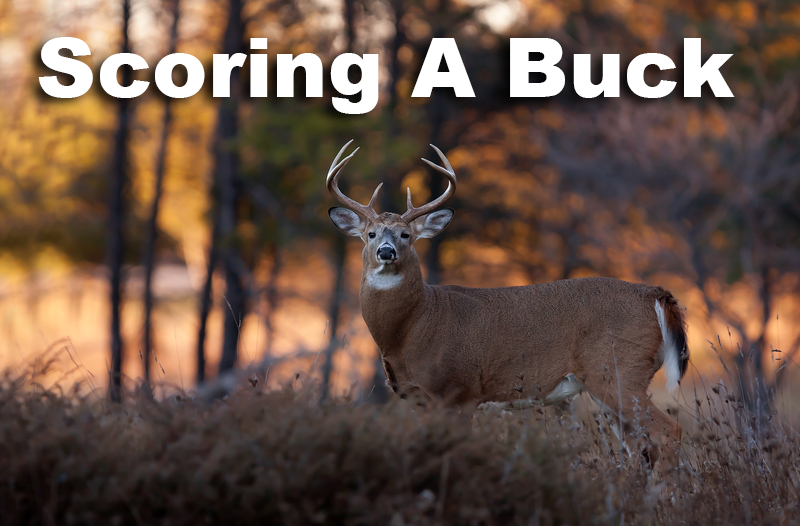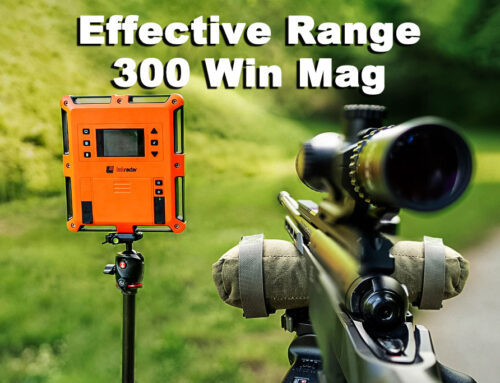“That’s a nice buck! What’s the score on that rack?”
Hunters of all experience levels have been asked this question, but many don’t have an answer. They don’t know how to score a buck.
Scoring a rack may not be the most important part of deer hunting, but it can be a useful skill that makes your hunting experience more interesting.
Important Terms When Scoring a Buck
To properly score a buck, you first need to understand the language. This means understanding the various terms for main components of a deer antler. This list does not cover all the antler terms, only the most important for scoring a rack.
Beam or Main Beam: The central stem of the antler from which all other stems or points grow. If the deer is upright, the beam is the bottom foundation of the antler.
Tines: This term refer to a growing branch of a deer antler that is at least one inch in length. It will not include the last point, which is part of the beam.
Brow Tines: The tines closest to the skull. They are called “brow tines” because they are closest to the eye brows off the face.
Point: This term refers to any tine, as well the final point at the end of the beam. Technically, all tines are points but not all points are tines, as the final point at the end of the beam is not a tine.
Drop Line: A point or tine that grows downward. This is considered an abnormal feature.
Burr: Elevated rigid ring found at the base of the antler, directly next to the skull.
Inside Spread: The furthest distance between the insides of the main beams.
How to Measure a Deer Antler
Measure the “Inside Spread” to Get Your Spread Credit
No, “inside spread” is not a betting term, it’s the widest point inside the main beams of the antlers. This measurement is taken perpendicular to the center line of the skull. If it is shorter than the longest main beam, this measurement will be known as the “spread credit” in the Boone & Crockett scoring chart.
Record this spread credit on your scoring sheet.
Measure the Main Beam
You’ll need to measure the main beam from the base of the antler to the furthest point at the end of the beam. This can be difficult, as a deer antler is obviously not a perfectly-straight part that can be measured with a plain ruler or tape measure.
There are a variety of methods, but experienced deer hunters often use a wire or string. They tape the end of the string to the bottom of the antler, along the outside edge. Then they run the string along the antler, taping it to certain points to keep it in place. Once they reach the edge, they mark the string at the point of the antler. Then they simply remove the string or wire, hold it lengthwise, and measure.
Do this for both antlers and record the length.
Measure the Tine to Get Your “G” Measurements

Approximate location of the G1, G2, and G3 measurements. (Image Courtesy: Bowhunting.com)
The “G” measurements refer to the tines of each antler. The measurement of each tine is assigned a G along with a number, starting with the tine nearest the skull. The first tine (closest to the skull) is G1, the second is G2, and so on.
To get the G measurements, you’ll need to place a piece of tape across the base of the tine, aligning the tape with the top edge of the main beam. Once you have the tape in place, simply measure from the top of the tape to the point of the tine.
Do this for all the tines on the rack and record your scores.
Note: At this point, only measure tines growing upward from the beam. Leave downward-growing tines alone for now, as they will be measured as “abnormal.”
Measure the Circumference for Your “H” Score
To complete the “H” measurements, you’ll likely need more than a typical carpenter’s tape measure. In this case, you’ll want a flexible tape measure used by tailors, as you’ll need to wrap it around the antlers to get the circumference. Or you can wrap a string around the antler, mark the circumference, then measure the string.
No matter how many tines an antler has, there will be eight total H measurements; four on each side.
You will make the measurements at these points:
- The first, H1, is the smallest circumference between the base of the main beam and the brow tine.
- H2 is the measurement between the brow tine and the second tine.
- H3 is measurement between the second and third tine
- H4 is the measurement at the halfway mark between the final point and the last tine. (H4 will be measured at this spot regardless of the amount of tines.)
Record these lengths, and make sure to get all eight “H” measurements.
Measure Abnormal Points
Most racks have no abnormal points, but if your buck had a few abnormal qualities, they can be added to your score. Most abnormal features are tines and points that do not originate from the top of the main beam. “Drop lines,” as well as tines growing from the base of the antler, also known as the burr, can be recorded.
To be counted, a point or tine has to be at least one inch in length and greater in length than width.
Add All the Measurements
Now it’s time to get out the trusty calculator. Simply take all of your numbers and add them together to get the deer’s “green gross score.” This is the score that most hunters care about.
But if you want to enter the score into the records, you’ll need the “net score.” To determine this score, take your green gross score and subtract abnormal points, as well as any differences from one side to another. For example, if the right G3 number is 5 inches, but the left if 4.5, you would subtract a half inch from the measurements.
Now you have the net score, but to make it all official, you’ll have to let the rack dry for 60 days, then remeasure. However, you’ll use the same process to finalize the score.
Get the Ammo You Need for a Successful Hunt!

If you need high-quality ammunition for harvesting a record buck, visit see our huge selection of in-stock rifle ammunition as well as quality 12 gauge buckshot. From the woods to the prairies to the range, we have the affordable rounds you need for your next outing!
Additional Resources:
https://www.bowhunting.com/bowhunt101/how-to-score-a-deer/
https://shootingtime.com/hunting/how-to-score-a-buck/
https://www.fieldandstream.com/story/hunting/how-to-score-buck-antlers-the-right-way/






Leave A Comment